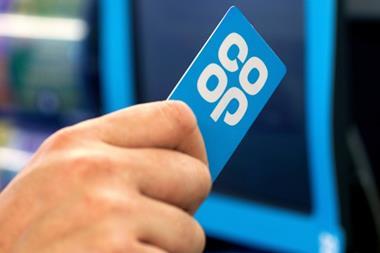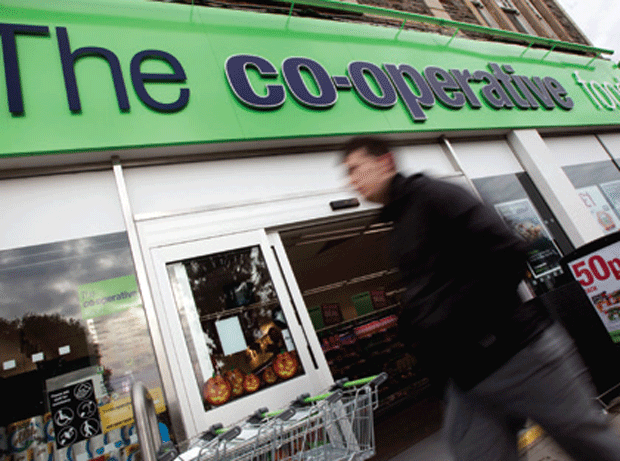A resurgent Co-op focused on convenience is attributed with eroding the performance of independents and symbols, as indicated in the latest Kantar Worldpanel data published this morning.
The figures, however, do not account for the food to go sector, in which some independents had been entrepreneurial, said Fraser McKevitt, Kantar Worldpanel head of research and consumer insight.
Symbols and independents saw sales of household groceries fall 7.1% in the 12 weeks ending November 6. This continued the steep downward trend this year, which peaked in the period to June 19 at minus 7.3%.
Their market share fell from 2% to 1.9% year on year, the latest data shows.
McKevitt said convenience overall had undergone “a bit of a resurgence” but the improved Co-op convenience offer had hit the independents “that little bit harder”.
The Co-op was providing “a little bit more of what shoppers want”. He said they had got “their act together in terms of the range they’ve got in store, a lot of emphasis on fresh products, their own label is doing really well”.
McKevitt said the majority of people had “a lot of choice and they can vote with their feet”.
“What we do know is the average trip spend in a multiple convenience store, be it a Co-op, a Tesco or a Sainsbury’s, is always higher than in an independent which just indicates they are able to offer the range perhaps that people want.”
However, he emphasised that only take-home sales were included in the data. “The independent sector is pretty important for on-the-go consumption. That is an area we know, unlike grocery overall, is doing pretty well.
“On-the-go sales are growing at about 4.5% a year so that is an area which the very best of the independent stores are tapping into very well and particularly you see a lot of entrepreneurial work around hot food because there’s a general blurring of channel lines. It’s not so obvious where you buy what now - you can buy hot food in a supermarket, coffee in a convenience store – that’s where some real gains can be made and, of course, the added bonus, higher margin.”
McKevitt said that food to go figures could be considered for inclusion with the grocery data in the future.
The Co-op’s sales climbed 2.2% in the 12 weeks to November 6, giving it a 6.4% market share, up from 6.3% in the same period last year.
The Kantar Worldpanel data shows consistent growth throughout 2016 for the mutual, peaking at 3.9% in the period to March 27.
Tesco grew at its fastest rate in three years in the 12 weeks to November 6, with sales up 2.2%.
The Tesco Finest range grew 6%, notably in crisps, fresh meat and chilled convenience. “Much of Tesco’s growth has come from more affluent shoppers returning to the store, and average spend per trip is up by 2.1% to £20.69,” McKevitt said.
Iceland sales grew 8.3% – second only to Aldi at 10.2%. Lidl increased 6.1%. Sainsbury’s fell 0.7%, Morrison 2.4% and Asda 0.7%.
McKevitt noted that continued store openings had boosted the discount retailer’s figures, although Aldi and Lidl had grown at their slowest rate since 2011.



















No comments yet